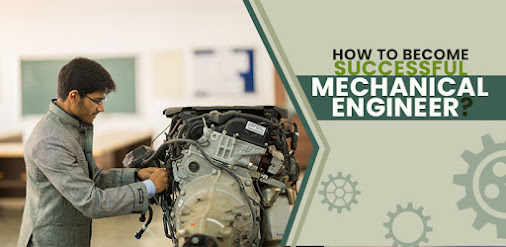
MECHANICAL CAD \ Mechanical engineering talent and education can help you develop a variety of hard skills such as computer design, simulation, and testing. It also requires thorough basic training, recognised as an industry standard. However, in addition to hard skills, you also need some soft skills. Being aware of these requirements is just as important as having hard skills when reviewing and responding to job postings. Without excellent qualifications in both areas, it is difficult to succeed at an optimal level. There are many mechanical engineering courses after 12th which one can pursue to get a foundational knowledge of the field. You should also mention soft skills in your job application. Your cover letter and resume should include both. Must be interviewed with examples of good hard and soft skills demonstrated. 1. Knowledge of First Principles Knowledge of underlying theories and first principles is essential

